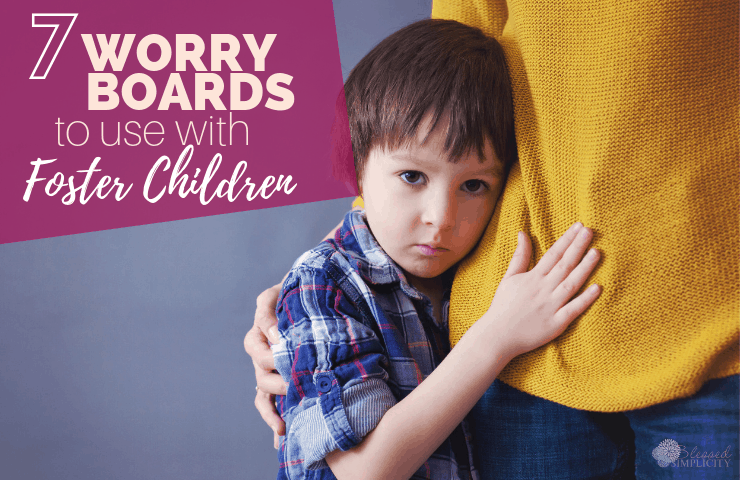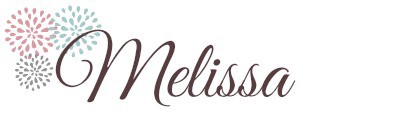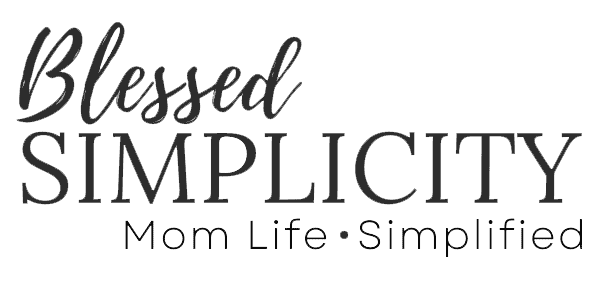Seven Types of Worry Boards to Use with Foster Children
These seven worry boards for foster care bedrooms are powerful communication tools to use with children of all ages, especially children in foster care. A worry board opens the door of communication even with decor.
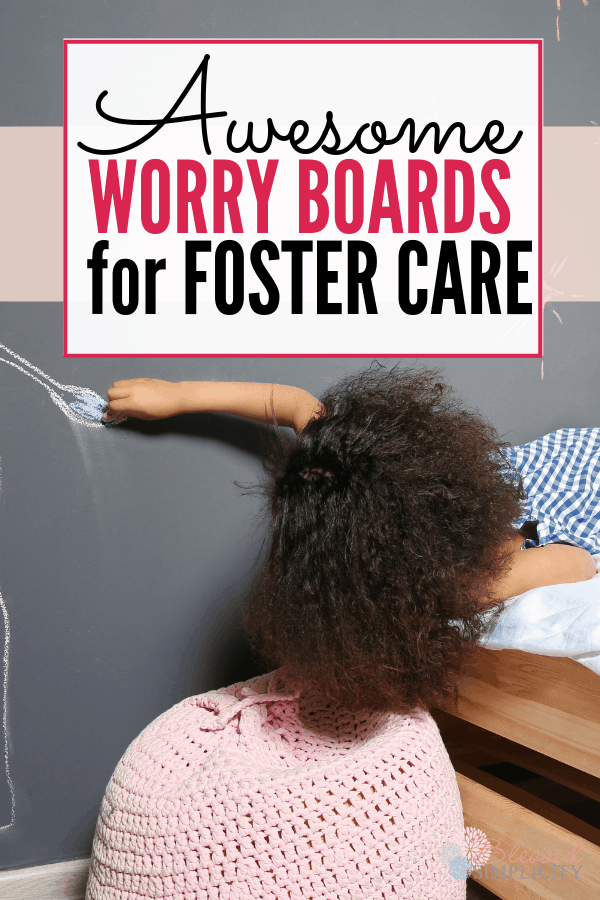
*This post contains affiliate links. See above for full disclosure policy.
Children have a lot to think about, and sometimes they have a difficult time communicating what they are anxious or worried about, especially to new and unfamiliar people. A worry board placed strategically in the foster care bedroom opens the door of communication in a non-confrontational manner.
Using a worry board is simple and very effective when clear guidelines are in place and the whole family is involved. Find out more about how to use a worry board here.
Seven Types of Worry Boards for Foster Care Bedrooms
Dry Erase Worry Board
Almost any type of board can be used for a worry board. The easiest and most common examples would be small to medium sized dry erase boards. These can be purchased at almost any office supply store or you can even DIY one that is the perfect size for your space.
Dry erase markers are also easy to find and easy to use. You can even provide dry erase colored pencils for younger children.
Chalk
Chalk boards are also a great option for worry boards. You can purchase chalk boards online or in almost any craft store. If you are crafty, you can DIY your own.
Almost any surface can be made into a chalk board with some chalk board paint. Chalk board surfaces give lots of creative writing options with either traditional chalk or smooth writing chalk board markers. My favorite new option for making chalk board surfaces is this chalk board contact paper.
Some easy DIY board surfaces are:
- picture frames
- exposed sides of furniture
- closet doors
- sections of walls
Sticky Note Board
Any picture frame or even a regular poster board can be turned into a sticky note worry board. You can even section off a place on a refrigerator to use sticky notes or make a board from a piece of poster board.
Sticky notes can also be used help a child code their own moods with particular colors. At this point, just the color of the sticky note is communicating something to you.
Magnetic
Magnetic worry boards can be fun for children of all ages, even teens. First, the board itself can be as simple as a space on the refrigerator or a side of a filing cabinet. For a portable board, a large metal sheet pan will work. Just pull one out of the cabinet you have been using for sheet pan meals, clean it up and its ready to go!
Using colorful magnetic letters like these will engage younger children and encourage them to interact with the board even if they are not using it to communicate at first.
Older children and teens may prefer a word magnet set like this one. In fact, we have one of these on our home refrigerator and my whole family naturally leaves each other messages with it.
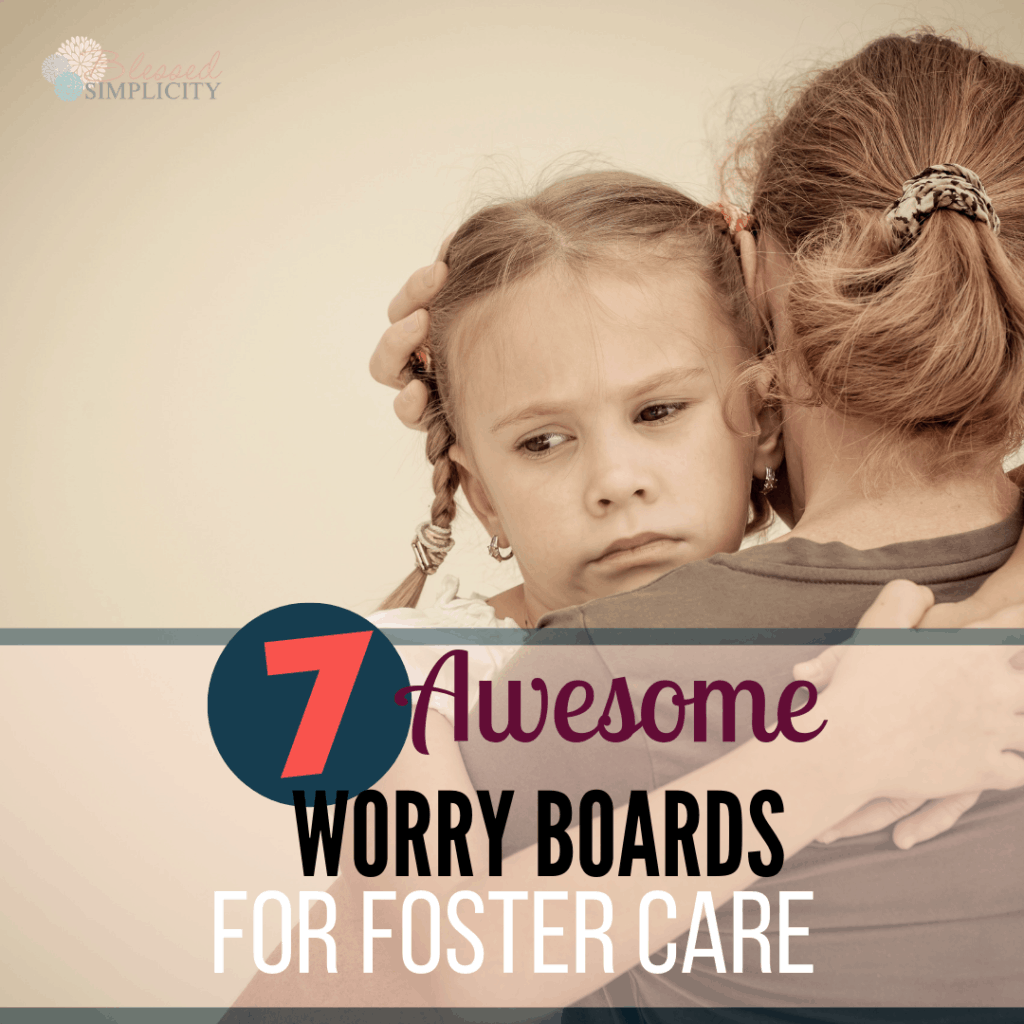
Digital Worry Boards
Digital worry boards are a bit different. They can sometimes be used with teens or tweens with who you are having a difficult time connecting. Digital worry boards can be used through various apps on a phone or computer. Some ideas of apps to use are:
- google drive
- google calendar
- Trello
- Evernote
Each of these apps will allow you to either add text or simply add a color code to a day. Color codes can be helpful to communicate mood, even if the child doesn’t have the vocabulary to articulate exactly what they are feeling.
Felt Boards as Worry Boards
Felt boards are amazing communication and learning tools, especially for younger children. You can DIY your own basic felt board and even make your own shapes, or you can purchase pre-made boards with characters, letters and pictures.
By far, my favorite felt boards for children are these by pre designed hard, lap size felt boards. They have packs of characters from familiar kids stories as well as simple scenes to create with felt.
A different kind of felt board with plastic letters has recently become popular. These would be a great option for older kids and teens. We have one in our house just sitting our for everyone to use for whatever they want to say. You would be surprised at how much you can learn about where a teen is mentally from this board.
Non Verbal and Pre-Reading Worry Boards
Worry boards can even be used for children who are non verbal, like those with autism, or children who are not yet developmentally able to read and write. Some children, though they can, prefer to communicate without words in stressful situations. A non verbal board would be perfect for those foster children. Many foster parents may even use a non verbal board initially with all foster children.
My favorite nonverbal worry boards are magnetic and use:
- laminated pictures with pieces of strip magnets on the back
- emoji magnets
- plain color magnets
- DIY colored glass rock magnets
Communication is Key in with Children
Whether parents are opening lines of communication with children newly placed in their home for foster care or providing additional, non-confrontational means of communication with children already in their home. A worry board of any type can be a useful tool.
More Foster Care and Special Needs Posts
- Non Candy Stocking Stuffers for Kids with Special Needs
- Can you Homeschool a Foster Child
- Can you Homeschool a Blind Child
